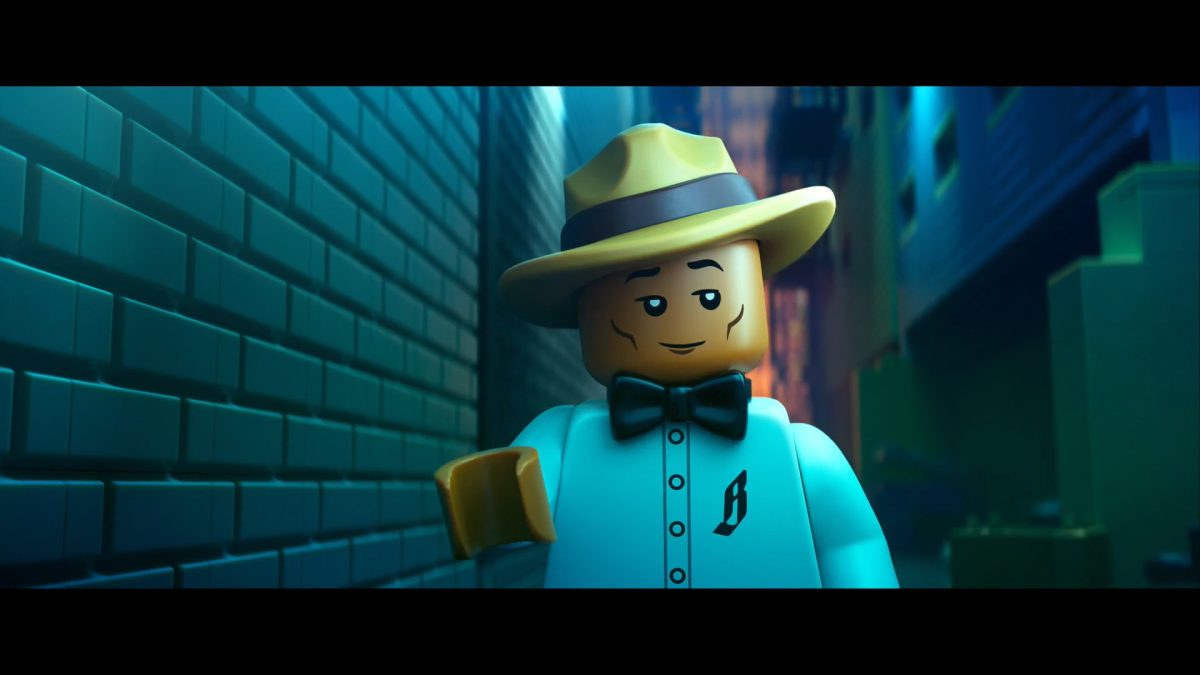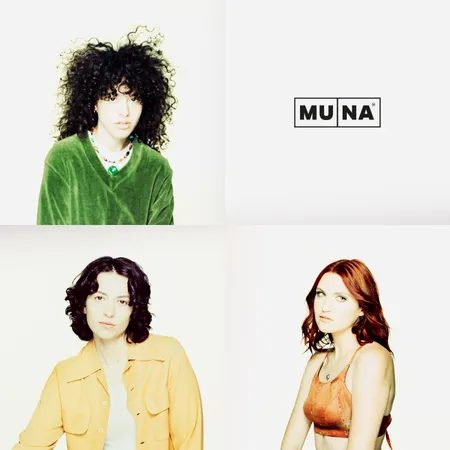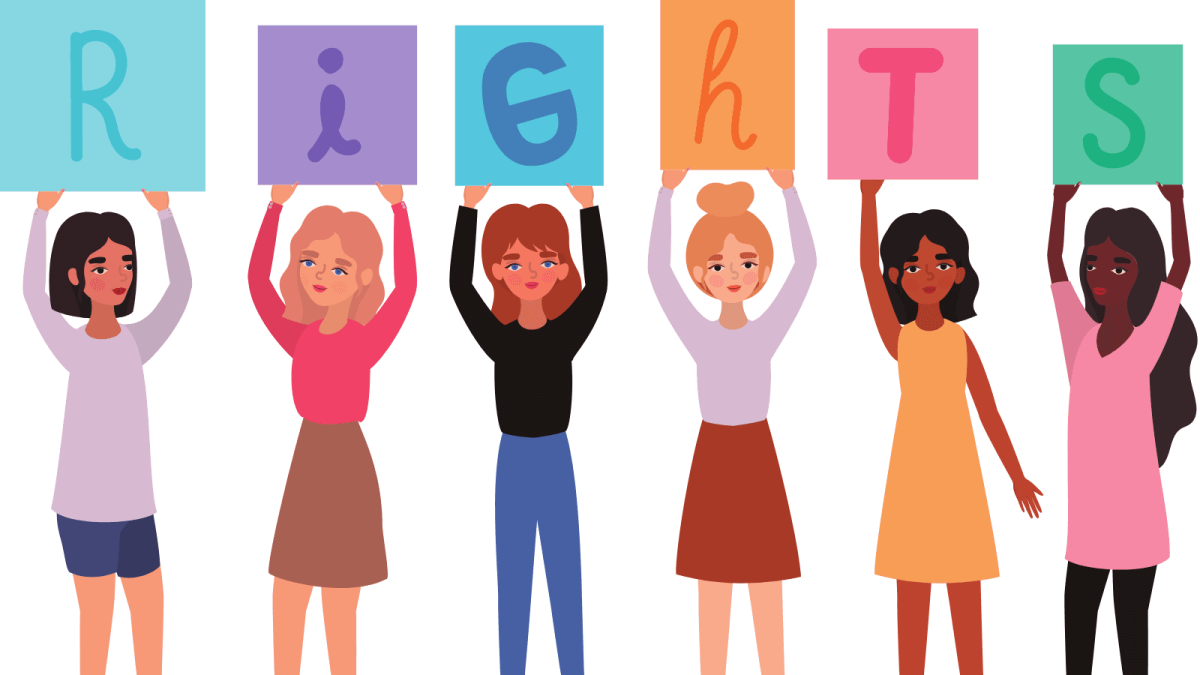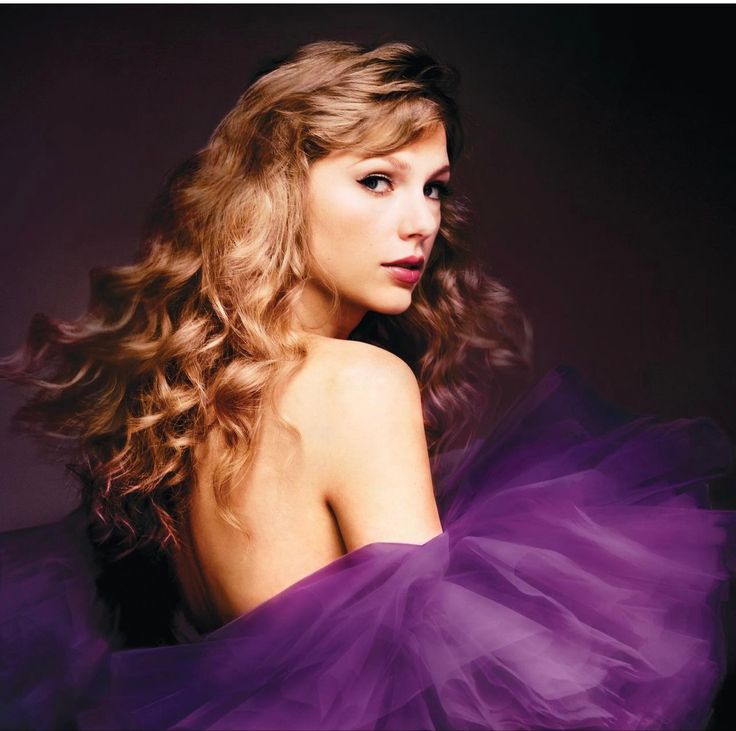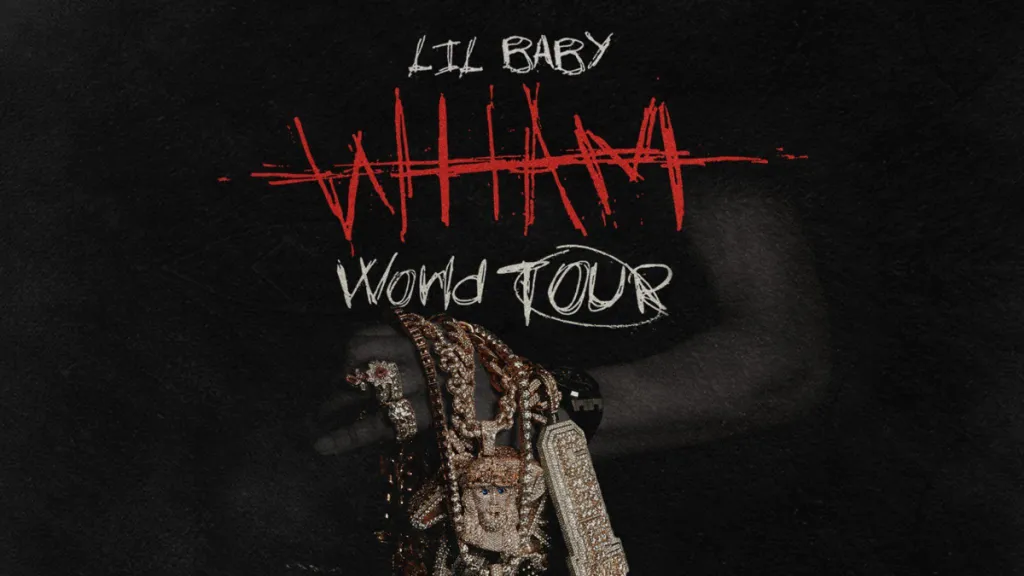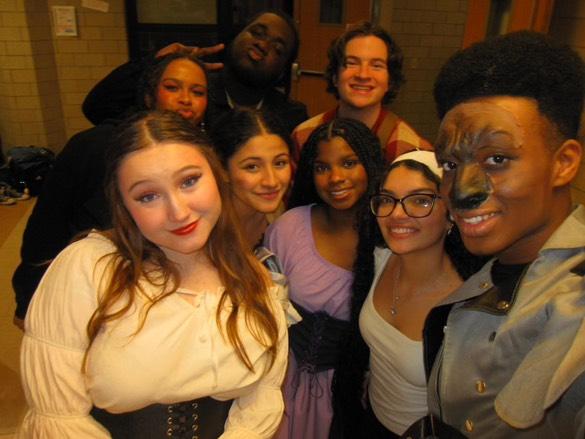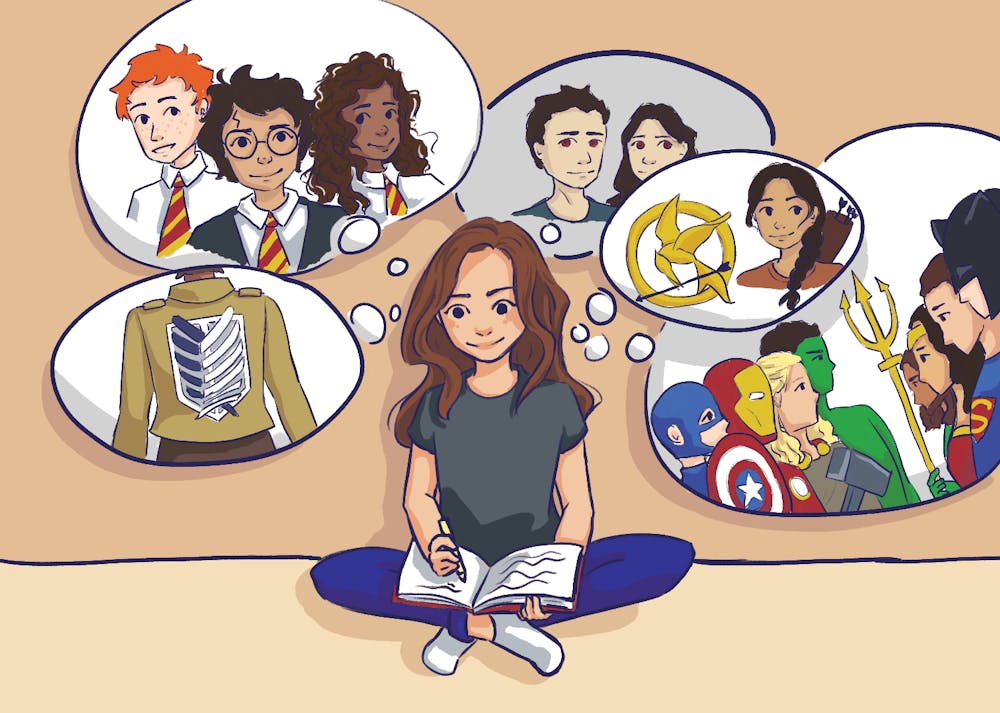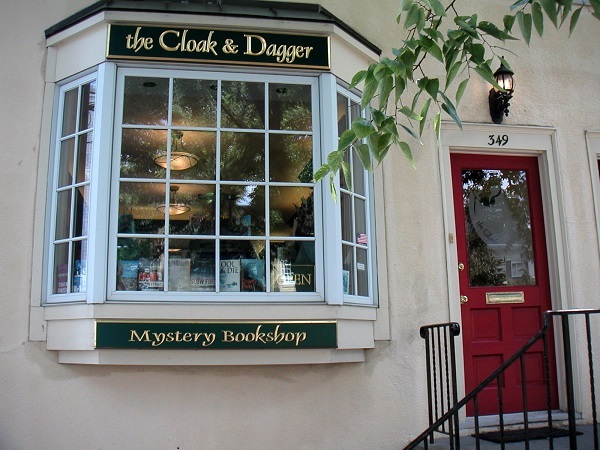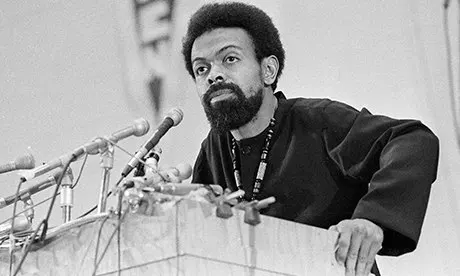
At this point in time, the influence of the Harlem Reneissance is so incredibly widespread that nearly everyone is familiar with it or has at least heard the term. If not, it was a cultural uprising originating in Harlem, NY. It was a time filled with a renewal of what defined the Black community not just in Harlem, not just in New York, but across all of America, and influences today even stretch globally. While most know of this period, one that goes far too unnoticed is the following labled the Black Arts Movement.
This era is commonly referred to as the second reneissance (of course in reference to the one in Harlem) because of the quite direct link right back to the original. Langston Hughes specifically wrote about this, but put emphasis on the much stronger and pronounced radical political stances which defined the BAM. Because of this, the art which was published in this era was almost always rooted in politics and had themes directly linking the importance to eachother. No other movement in American history would prove to have this same connection and importance behind what was coming out of it.
Most of this movement is defined within the years of the 60s and 70s however a true date can never be completely applied to something of this nature. The poet and playwright Amiri Baraka is rightfull credited with the origination of the period. The death of Malcolm X led to a lot of powerful emotion throughout the country and a collective thought that things should probably change in one way or another. Baraka took this into his own hands, having moved to Harlem to found the Black Arts Repertory Theatre School, a place for the Black community to come together and share their passion. The effect was immediate. Other schools and institutions started popping up all across New York and further out into other states and more and more saw the reality behind a facility like this. While many were short lived, the impact is incomparable, lasting years and years and showing no sign of dying out. Many of these places do still exist today and are still running quite regularly.
Theatre wasn’t the only art form that grew in the community at the time, and the arguably more important of the two was without a doubt poetry. As the movement flowed throughout the nation, it would shortly reach Chicago which was home to the Black World (known by a different name at the time), a magazine which would popularize work of Black literary artists. Again in Chicago, there was also the Third World Press, who published the greatest amount of Black writers and poets at the time. Detroit would take a different approach, instead republishing older Black work which had gone unnoticed or was simply worth recognizing through the Lotus and Broadside Press. Many of the entries here were on the edgier and experimental side compared to everything else that was circulating.
Many leaders of this movement would flock to emphasize the importance of mainstream Black musicians, notably those in the jazz realm. Artists such as John Coltrane, Thelonious Monk, and Archie Shepp who had all been at the forefront of jazz would begin to get increased recognition because of the content behind their music. The overwhelming majority of jazz had little to no lyrics or surface level themes to be understood, but it was portrayed as the most politically influenced genre out there. A lot of jazz (especially from the tracks of Thelonious Monk) would take the form of silent, yet great protests against war. Soul, Gospel, Rhythm, and Blues were all also had their importance, yet none filled the same void which jazz did.
The absolute defining work of art within the movement was Amiri Baraka’s poem titled Black Art. This poem shamelessly criticized just about everything going on and circulating at the time. It would call out other poems which were not representative of what was in reality looking to be achieved by the community, as well as Black leaders who would figuratively bow down to the White ones instead of fighting for what was really needed. This poem along with Baraka’s other work would all serve as a call to action for the Black community to rise up and join together for what he strongly believed was the cause that needed to be fought for, devoid of White influence. He wanted all art to be truly personal and represent everyone’s love for themselves instead of succumbing to the mainstream.
Baraka additionally believe that there should be a very seperate and defined cultural world for Black people instead of an integration that would take time to form. This was to be done especially through music. Baraka hated nothing more than what the world of music was defined by during his time. The collaborations between groups such as Run-DMC and Aerosmith, which he though should be completely seperate and defined by their own background would create what he called “unproductive integration”, a commonality with so, so much of what was in the mainstream for the little representation Black people had there.
While so much of this movement was fantastic and led to numerous great things for the community moving forward, it also contained a bit of a dark side. On the more strictly visual and thematic side of the art, a lot of the protest was done through means that would silence or belittle other voices. As unfortunate as it may be, a great deal of creative art in all forms would express surprisingly racist, homophobic, and anti-semetic tones. This movement was so dominated by men as well, to the point a scarily amount of it was extremely sexist. Black men were commonly labled as being much less maculine that white men were in America, and by attempt of expressing their “hyper” masculinity outward, there would emerge a lot of words falling on Women’s expense, pushing them further back. Much of the remaining problematic nature was likely due to a psychological standpoint of emerging with power through means of putting other groups down.
With a similar subject matter to exactly that, the Black Arts Movement would fade out more into the later 70’s as more and more emphasis was allocated toward Black power itself. This new era would be defined not by art, but instead politically by marxism. The Black Panther party was at the head of this time period, pushing endlessly and tirelessly for an uprising of Black power nationally. Because of the overall essence and means of how the movement went about getting this, it would fall shortly into the 80s.
Not all came to a harsh end however, with people like Baraka, Nikki Giovanni, Gil Scott-Heron, Maya Angelou, and James Baldwin all being among the first to be truly recognized by the white masses and grow to achieve a successful celebrity status. We can give thanks to this movement for successfully pushing the black voices at the time through art in all it’s forms.


